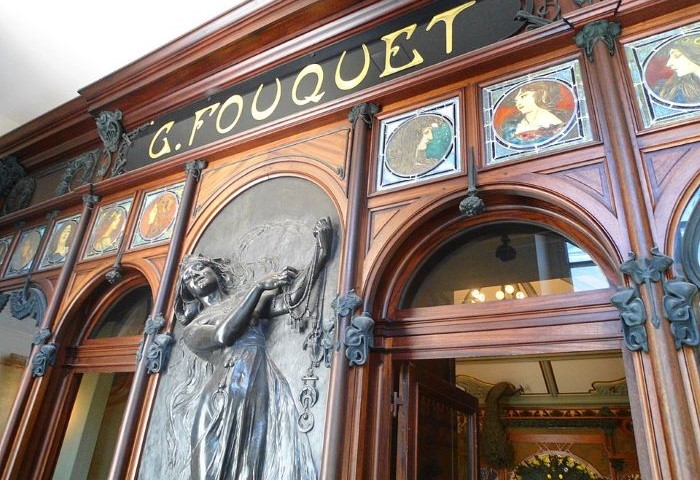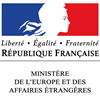Parisian decors at the Carnavalet Museum

An unusual visit of familiarity in reconstructed Parisian salons
The Carnavalet Museum, the oldest museum in Paris, offers us a constantly growing collection of nearly 650,000 objects. We travelled through the eras and styles from the 17th to the 20th century, admiring the most beautiful Parisian decors that have been moved, reconstituted and preserved in the new galleries of this museum.
For example:
The Hôtel La Rivière, 14 place Royale, where Charles Le Brun, painter to King Louis XIV, painted the main motif of the gilded cabinet depicting the rising of the dawn; in the great room, the story of Psyche unfolds on the canvas on the ceiling and on the vaults.
We then discover a rare and complete decoration from the middle of the 17th century, as well as an example of "French panelling" with the woodwork of the Colbert de Villacerf hotel that was built around 1650 on rue de Turenne. Slightly further on, the "café houses" developed in the 18th century and the panelling of the military café in rue Saint Honoré offer us a war theme decoration.
The decorations were made around 1765 by the best genre painters of the mid-18th century: François Boucher, Jean-Honoré Fragonard and Jean-Baptiste Huet were the decorators of the salon of Gilles Demerteau, an illustrious engraver.
Next we enter the Fouquet jewellery shop, a spectacular masterpiece of art nouveau that was designed by the artist Mucha in 1901. The wood, bronze, glass, luxuriant vegetation, antique-inspired mosaics, and Byzantine gold are absolutely awe-inspiring.
Finally we discover, in a theatrical and fantastic universe, the immense ballroom that was designed by José Maria Sert at the request of the industrialist Maurice de Wendel, and built in 1925. This was a historical visit during which we were given the opportunity to discover the living environment of some personalities from the past centuries.
 By France Bussière
By France Bussière
Unexpected Paris
© Wikipédia - Fouquet Jewellery


